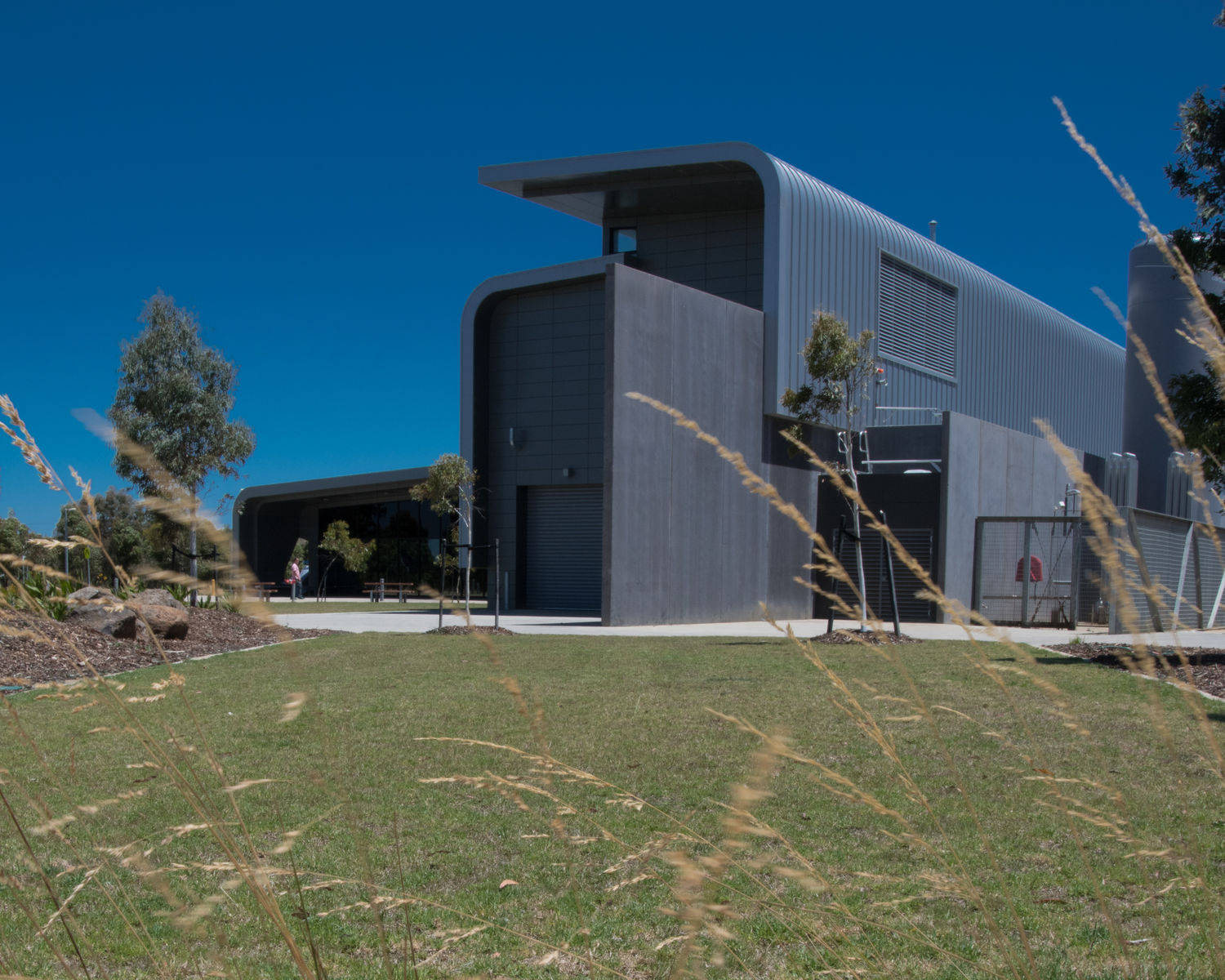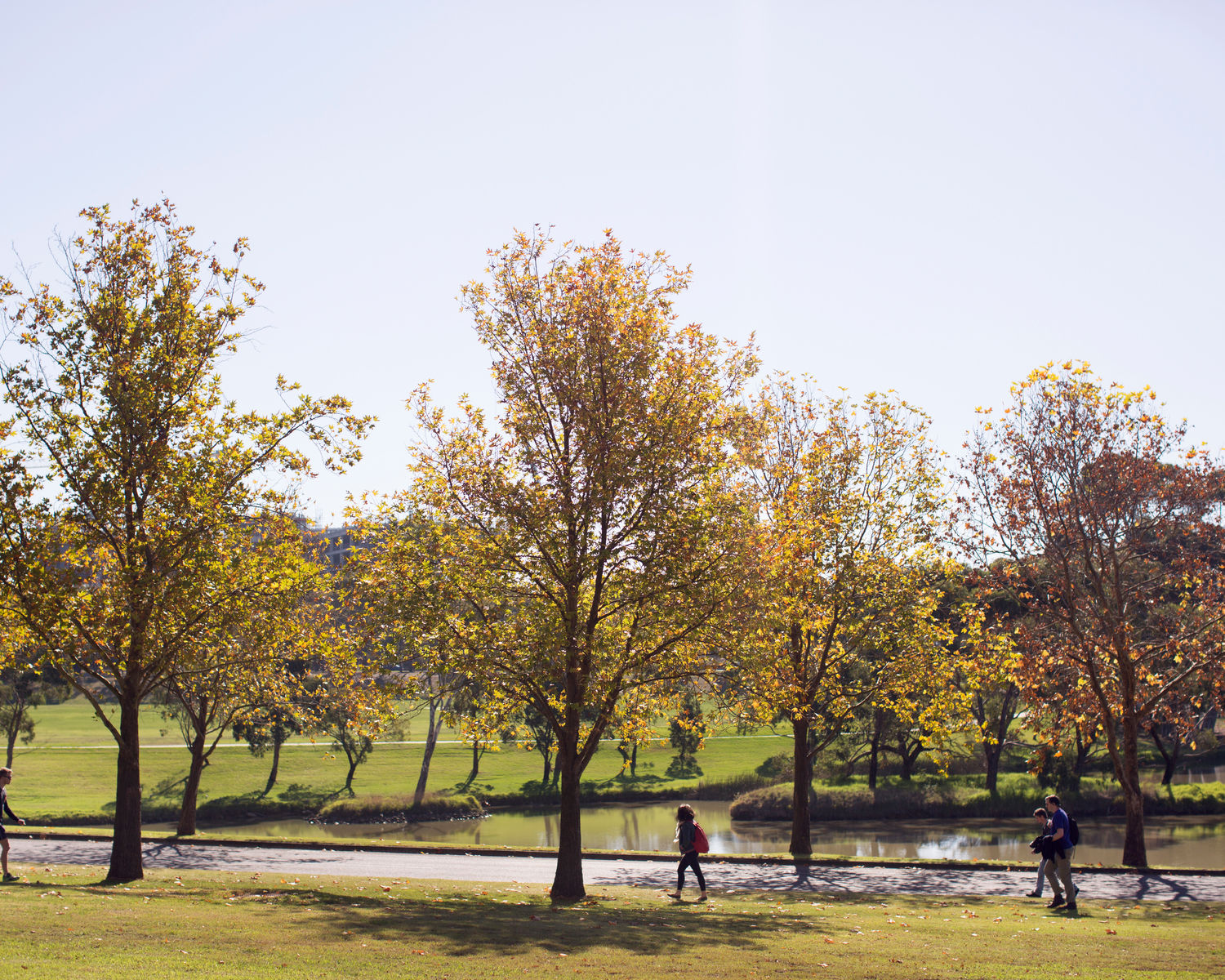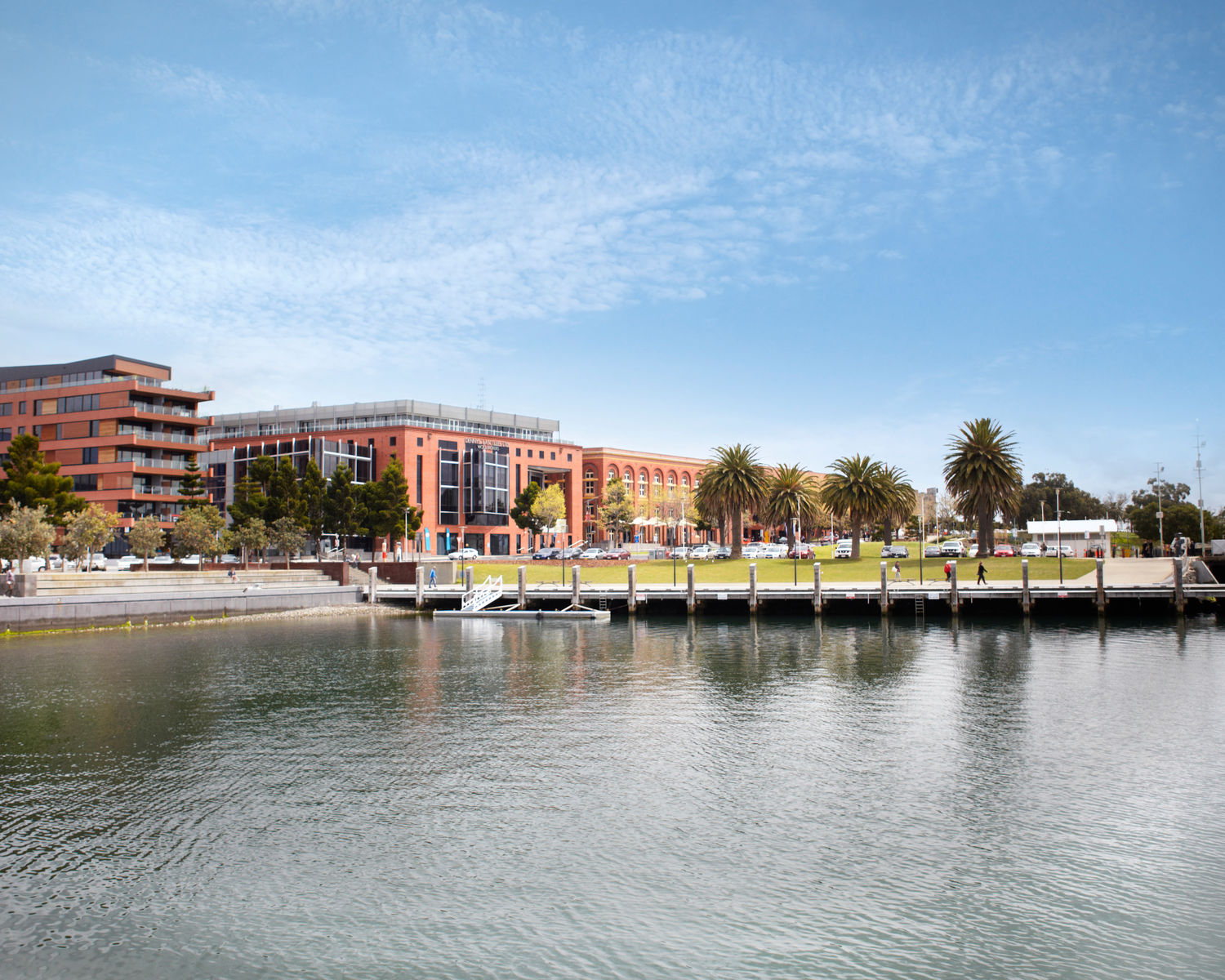As Victoria’s second largest city, Geelong is not used to being on the top spot (save for their football team – but even then, that positioning can often be disappointingly temporary).
So with the City of Greater Geelong designated a UNESCO City of Design in 2017 – the first, and currently only, title given to an Australian city – a lot of Geelong residents might have responded with a perplexed,“Huh?”.
But you don’t need to look too far into Geelong’s past to see the roots of this designation, or too far into the future to see Geelong as a City of Design in full bloom.
A commitment to design
Deakin University’s Dr. Russell Kennedy was on the City of Greater Geelong’s UNESCO Creative Cities application committee and makes it clear that the designation was given as much for Geelong’s future design potential as its past achievements.
“This is not an award for being a design city,” Kennedy says, “It’s more about how a city can prove their commitment to design. How they understand the value of design and their plans for the future.
“It’s really for cities that pledge their understanding and commitment to design as an agent of change.
“Cities that understand how design can improve the way we live and improve the cities that we live in.”

The UNESCO Creative Cities Network is currently made up of 180 members, with designation across seven fields – Design, Film, Gastronomy, Literature, Media Arts, Music, Craft and Folk.
There are now 31 Cites of Design, with Geelong sharing the stage with well-known global cities including Singapore, Cape Town, Beijing, Berlin and Mexico City, as well as lesser-known cities such as Kobe in Japan, Graz in Austria and Dundee in Scotland.
Geelong application to become Australia’s first UNESCO City of Design was based on three platforms – acknowledging Geelong’s past, present and future contribution to design.
Looking back to the past
As a traditional manufacturing centre, Dr. Kennedy believes Geelong has a proven track record for design, innovation and invention.
“I think it’s got a pretty strong claim to design, historically,” Dr. Kennedy says.

To back up his claim, Dr Kennedy cites the invention of the first commercial refrigeration machinery by James Harrison in 1851; the techniques of the local wool industry that are still being used in global clothing manufacturing today; Torquay as the birthplace of modern surf industry with brands such Rip Curl and Quicksilver; as well as classic iconic Australian designs such as the Ford ute and the hills hoist clothes line.
Looking at the present
At the time of application, Geelong was going through an economic and cultural shift.
The city had been moving away from manufacturing as the dominant local industry since the 1990s, and had to set a new vision for the future of the city.
With an audit of the city’s design activities, some were surprised to find Geelong still leaned on those past design and innovation credentials.
“We discovered Geelong already had a pretty serious commitment to design” says Dr Kennedy.
Small and medium businesses, as well as larger companies and institutions, were looking at ways to design for the city’s new economic landscape.
He points to the work going on at Deakin University’s Waurn Ponds campus as a beacon for design innovation.

The Carbon Nexus Centre, which opened on the campus in 2014, provides research and production equipment, to enable the scientific development of new and novel carbon fibre products.
Also based at Deakin is the Centre for Advanced Engineering Training and the Australian Future Fibres Research Innovation Centre.
Looking toward the future
While both past and present design achievements point to Geelong’s understanding and commitment to design, it’s the future opportunities that are most exciting.
The city has embraced the City of Design designation, with small and large projects popping up around Geelong. One of the most exciting was the inclusion of Geelong in the 2019 Melbourne Design Week.
Perhaps more exciting, is the creation of Geelong’s own Design Week, planned for March 2020.
The formation of a Work Group to capture inputs from the city’s various stakeholders includes Deakin’s Tuba Kocaturk, Professor of Integral Design for the School of Architecture and Built Environment.

She believes the City of Design designation is also an opportunity to expand our understanding of what design is, beyond the physical products or built environments, to look at how we can design systems, organisations and communities that are sustainable.
“Looking at design from a larger systemic and organisational design perspective is becoming a bit more prominent than just designing products per se,” says Prof Kocaturk.
This approach fits neatly with Geelong’s commitment made to UNESCO, focusing on sustainable development.
“It’s not necessarily [the sustainability of] the Urban/built form,” says Prof Kocaturk, “but also the sustainability of the community and sustainability of economic development.”
A network of creative cities

Perhaps the biggest benefit of the City of Design designation, is that it connects Geelong with a network of Creative Cities around the world.
“This puts us automatically into a collection and community of other cities that are like-minded and who want to work on similar projects and have similar agendas to improve the city through design; that’s really what it’s all about,” says Dr Kennedy.
To find out more about the designs for Geelong’s future, you can attend the second Clever and Creative Lecture Series for 2019: Good Health by Design to be held Wednesday 25th September, at the Deakin University Waterfront Campus.



